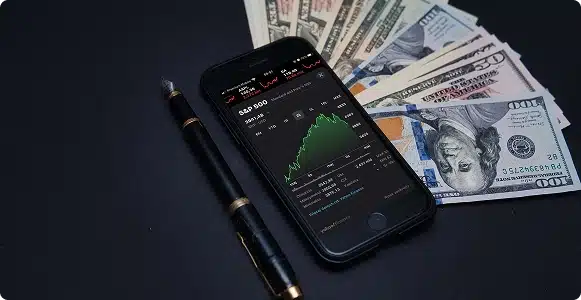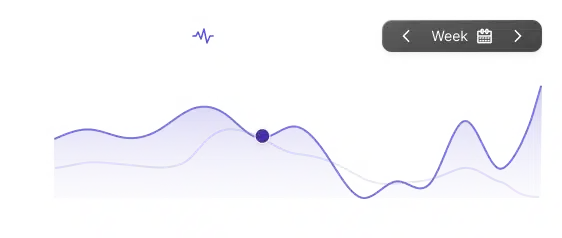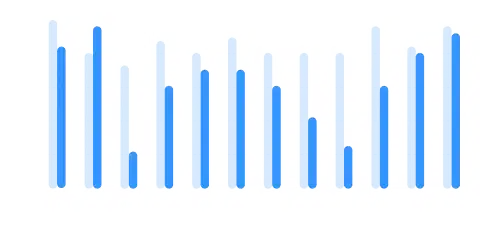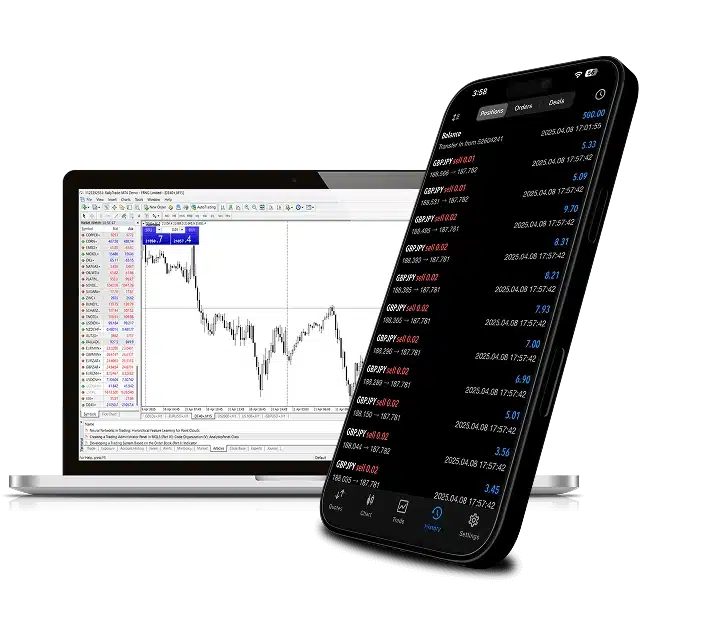
CFD stands for “Contract for Difference,” meaning you trade without actually owning — whether it’s stocks, indices, or commodities. Instead, you’re speculating on price movements, whether they go up or down. Your goal as a trader is to predict these movements and capitalize on them.

When trading stock CFDs, leverage allows you to control more contracts than if you were buying shares outright. This can amplify both your profits and your losses. This is profitable both for new and experienced traders.
























